Weekly Flounder: Mythos
By TheFlamingo352 0 Comments
Welcome back to my weekly attempts at being a decent writer, where I’m trying to get some beginner games-analysis under my belt, one idea at a time, when I nab the time. This week I talk about one of Gaming's masterclasses in tone, as well as the construction of a good in-narrative mythology.
The only clean way to preface this is that I love Dark Souls. One reason for my pursuit of a career in game design is Dark Souls. For my first blog entry I had pretty strongly intended to write about Dark Souls. I met one of my best friends in part through Dark Souls. Well today I capitulated to myself, cause it's time for Dark Souls.
**When a game really lands with players one can usually ask “Why?” and get a whole host of anecdotes about all the cool/amazing stuff in said game. So in the spirit of precision, I’m going to attempt not to fall into that jam.**
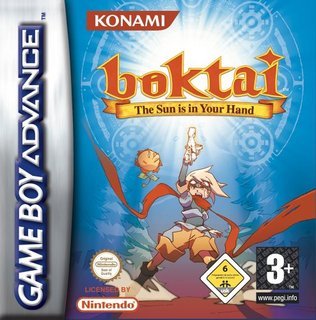
The much famed series of studio From Software is often lauded for its brutal difficulty (Intelligent difficulty is probably more accurate, though), not to mention superb enemy designs, a clever, multifaceted multiplayer system, and the notable side not that every game since the release of Dark Souls is like Dark Souls, but [words]. My favorite praise for the Miyazaki joint, though, was Rafael Montero’s discussion not directly of Dark Souls, but of the series’ similarities in the GBA title Boktai: The Sun is in Your Hand (A Kojima joint, if you were curious). If you don’t want to read his article- which you should, cause it’s pretty great- the shorthand is that Boktai is “one of the very few series outside of Souls to effectively convey the feeling of traveling through a dying world, of standing on the precipice of the end of all things.” High praise.
While I agree that the inevitable ruin in these two series is a very ballsy move, especially in Dark Souls’ AAA (?) context, I also think that while this tone is apparently most critical to Boktai (I admit I haven’t played it), it is only adjacent to the central tone of Souls: Myth.
Those game mechanics of Souls I mentioned earlier...they aren’t all critical to a sense of ruin. Ambiguous stories and desolate castles and sharp difficulty all speak to ruin, but it’s not the impending ruin, the relighting of the flame, that we’re on the brink of, as Montero suggests; the Lordran and Drangleic everyone knows is, to be honest, already ruined. The First Flame is symbolic more than anything else (except for the finality of Dark Souls 3). And as players walk through these faded lands their minds are not on the nihilistic future, but the awe of the past. Go watch any Vaatividya video- again, do this- and you’ll know the stories of Dark Souls can cover the withering survivors of the present, but far more often are engrossed in ancient legends- the end of the reign of Grey Dragons, the humiliation of the Lord of Fire’s sons, Man’s conflicted struggle for freedom from the yoke of its creator.
So what does From do to create this focus on mythology? Let’s get listing.
1. Difficulty
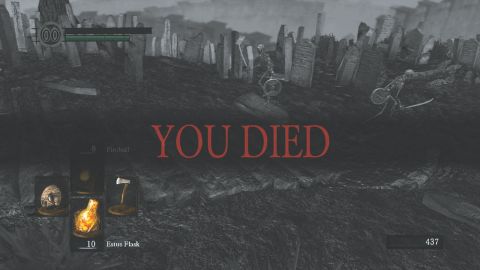
Ever heard that Dark Souls’ combat is hard? Shocking, I know. Speaking of combat, though, let’s talk about why the combat is hard, and more importantly, how the combat actually feels. It feels slow, weighty. Players’ health bars are dwarfed by their enemies’. Defenses can almost never be shored solely by skillful blocking and heavy armour; no, players have to move, even a little, to win, because a lot of bad guys just aren’t stopping for no shield [that isn’t Havel’s]. The combined effect is one of differentiation and acute smallness, where enemies not only have better ‘stats’ that most games, but have them in a way that forces players to keep distance even in harsh melees, and master gameplay not by surviving onslaughts of frantic button inputs, but by evaluating giants from below
.
2. Character Designs
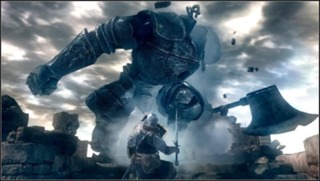
Speaking of giants...boss fights! Well, not just boss fights. The difference between regular baddies and boss fights. If I may be so bold as to grab from Vaati once again, Dark Souls has a very clear delineation of power as size. Big people are more powerful, more important, and more complex. Not all bosses are Dragon-God sized, but gods like Gwyn and Alonne, while built to battle similarly to humans, are still taller than you. And when they aren’t? The grand final encounter of Demons Souls, King Allant, has the size of a mid-sized sedan while his illusions still hold the kingdom in his clutch, but once the truth of Allant is found, and his artificial power wrenched away, he becomes a little Slime that you may have accidentally stepped on. The Goddess Gwynevere, whose perceived power seems to hold the home of the gods together, is enormous, while her little-known brother, while just as important, is not seen as such and hence is almost human-sized. The result is a primal concept of power as something observed, not possessed, that makes players feel unimportant even though their time of power is now and the time of the gods is dead or dying.
3. Narrative
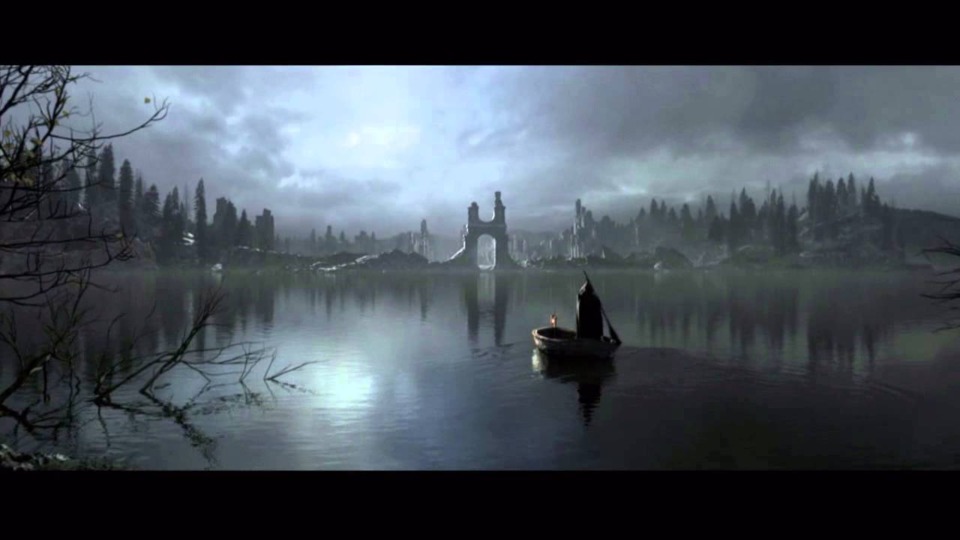
The Player Character (or PC) of a Souls title is a usurper, a disruption, a champion of Humanity, a slayer of gods. Notably, he/she is also an extreme cypher with no face, story, or personality of impact on most anything beyond endgame decision-making. The story of the Soulsverse is ripped straight from mythology. Before life there was darkness (the difference with Souls is that unlike many religions the universe starts as calm and gods make it chaos, not the other way around). The different gods are indicative of many cultures’ impressions of gods, from the Mesopotamian impression of the divine as cruel personalities deeply disconnected from Earth, such as the wicked dragon Seath, to the post-Plato belief in divine “force” beyond comprehension, as in the force of the Undead curse that is the true decider of fate in the world. I haven’t even started on why the PC is a little cypher against literally massive odds. It’s because the PC is the quintessential Hero: someone who is born or created with a great capacity for power, whose life is preordained by fate, the Darksign, and whose great successes against the greater powers are derived not only from sheer power, but from understanding and outwitting those who stand taller (this calls back to the style of combat discussed earlier).
4. Ambiguity
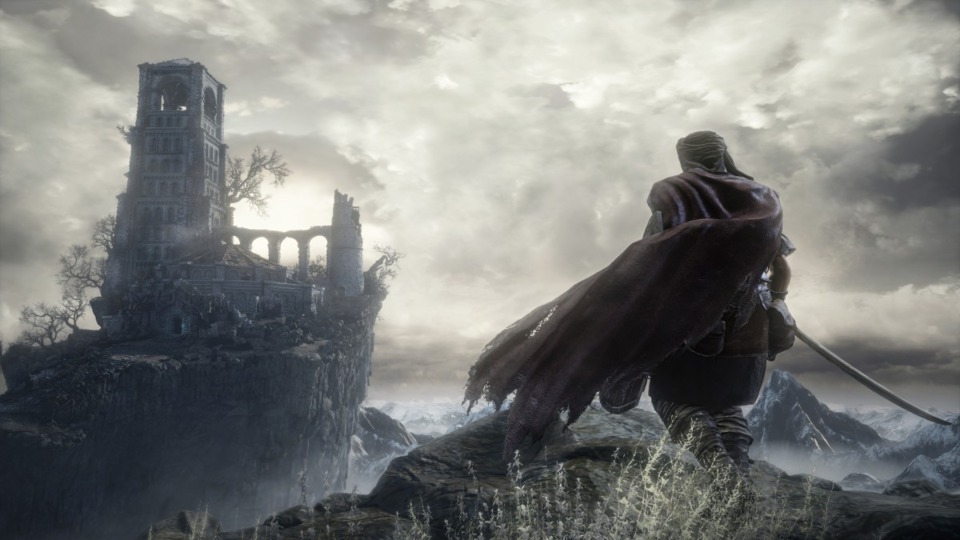
One of the best things about Dark Souls for ‘hardcore’ fans is the debatable nature of multilayered lore. A professor of mine told me that there is a key difference between skillful application of mystery and wanton ambiguity, and I think From Software nails this right on the head. The stories of the games aren’t confusing if you search thoroughly (or are a normal person and looked online), and there isn’t ambiguity from a lack of critical information. What there is ambiguity of is a story’s veracity: Rumours of the parentage of Solaire of Astora swirled online for years, and even what seems like a definitive answer one can find in Dark Souls 3 never actually writes it out for you. In this way there is this crazy recreation of oral tradition because we simply can’t rely on written texts to know Souls’ history. What is used in Writing’s place is a fascinating combination of investigation, imagination, and faith, and after playing through what was hopefully the series’ end this year I’ve decided that I never want another lick of truth about the Souls universe, because what’s true doesn’t really matter, not there. What matters is what you believe, what you feel; and that is what matters most in mythology.

